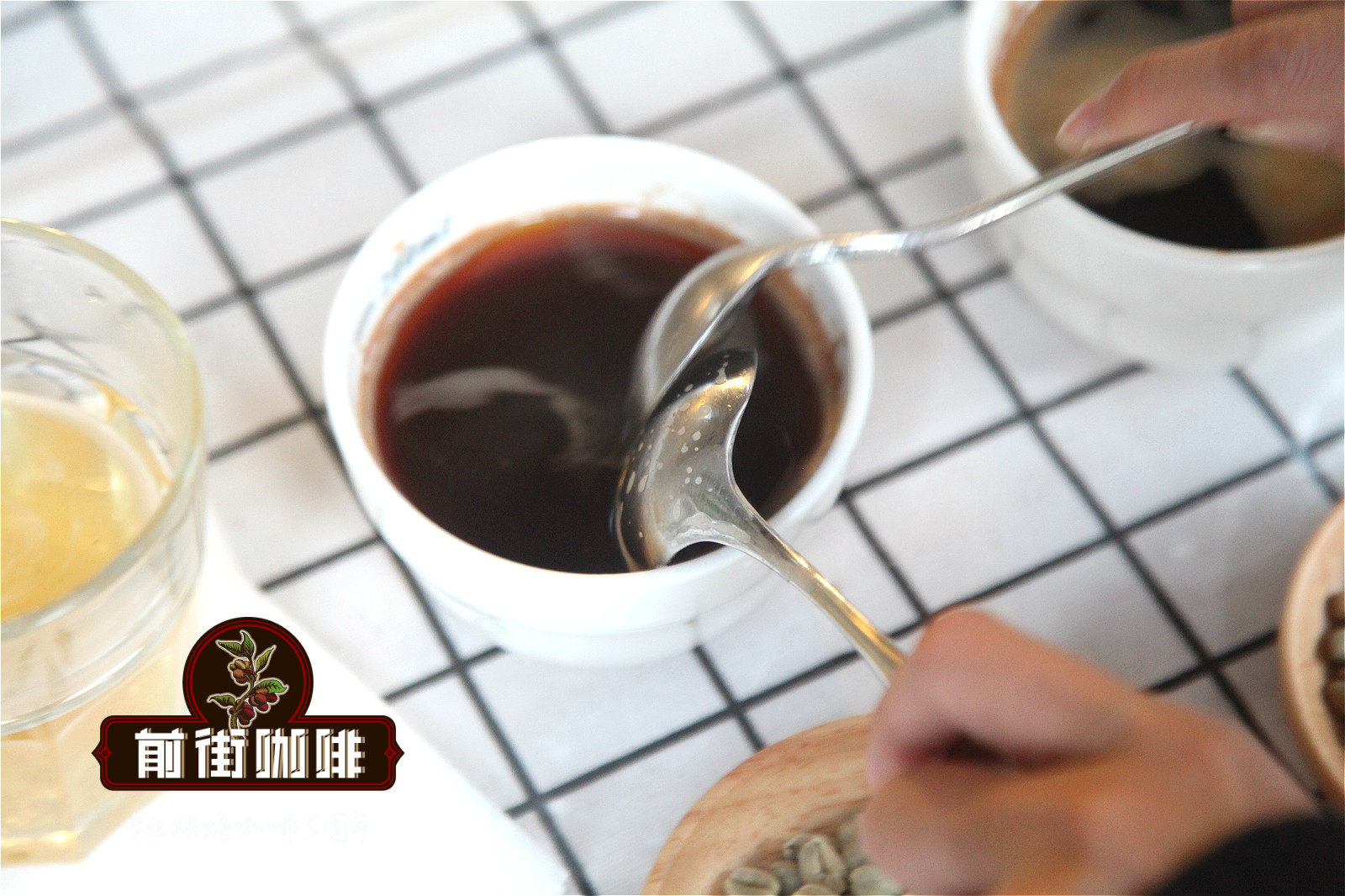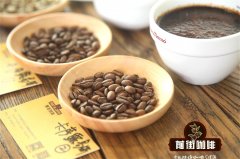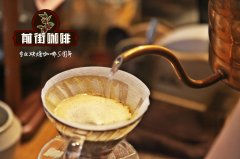Flavor characteristics of Arabica Coffee how to make Arabica Coffee

Professional coffee knowledge exchange more coffee bean information please follow the coffee workshop (Wechat official account cafe_style)
Medium-bodied with tart and sweet notes
Medium bean body with sweet and sour aroma
100 Arabica coffee grown in Peru
100% Arabica coffee is grown in Peru.
Organic and Fair Trade Certified
Organic and Fair Trade Certification
Roasted and packed in the U.S.A
Baking and packaging in the United States
Our AmazonFresh Fair Trade Organic Peru medium roast whole bean coffee is made with high quality 100 Arabica beans, expertly roasted and immediately packed for freshness. This medium-bodied coffee has brown sugar and chocolate notes .
AmazonFresh Fair Trade Peruvian Coffee medium roasted beans are made of high quality 100% Arabica coffee beans. Cleverly roasted and packaged immediately, medium-bodied coffee, brown sugar and chocolate mixed aromas.
Let me tell you a key secret to making delicious coffee. A simple formula: proper proportions, precise grinding, quality water and fresh coffee. This combination can be used at home, no matter how you make coffee. Learn more about these four basic elements, and you can always brew coffee of the same quality.
1. Proportion
The great coffee mix is freshly ground 10g coffee with 180ml water. No matter how much coffee you brew, keep the ratio the same. If this ratio is too strong for you, add a small amount of hot water and reduce the amount of coffee next time to find the right proportion.
two。 Grinding
If you don't know what kind of coffee to use, just think about the brewing method you choose. The degree of coffee grinding directly affects how long the coffee powder needs to come into contact with water. An espresso machine, for example, requires very fine ground coffee. One rule: the finer the grinding, the shorter the brewing time. If you don't know which grinding degree you should use, don't worry that we can grind coffee beans for free, you just need to note your brewing method (French press, hand punch, filter coffee machine, espresso machine, etc.).
3. water
98% of every cup of coffee is water. Therefore, it is very important to ensure that its taste is clean, fresh and free of impurities. Filtered or bottled water is a very good choice, but if you use tap water, make sure it is cold, heat the water to 90-95 ℃ and almost boil, so you can extract a full range of coffee flavors.
4. Fresh
Unpackaged coffee is like fresh produce. Keep it fresh and keep it in a sealed container. The trick is to keep it away from oxygen, light, heat and water. We suggest you buy beans and drink them freshly so that you can get a fresh taste. Generally open the packaging, coffee powder can be stored for a week, coffee beans can be stored for a month, the use of professional coffee fresh-keeping jar (Friis ®one-way valve stainless steel coffee bean powder sealed jar can store 453g beans / 500g powder) can greatly extend the fresh-keeping time of coffee.
The French kettle is one of the simple and delicious ways to make coffee. Using a portable press can get more natural oil from coffee than filter paper, which means a richer flavor.
1. Correct degree of grinding
The use of the kettle requires a coarse grind of coffee powder because it will be soaked in water for a long time. Ideally, it should be as thick as Jewish salt.
two。 The proportion of coffee and water is right.
Add 180ml water to every 10g of coffee powder.
3. Add hot water
Use hot water that has just boiled.
4. Stir
Use a spoon to stir quickly to make sure all coffee is in contact with water.
5. Set up the filter component
Pull out the lever and cover the piston strainer and lid vertically. Don't press it yet.
6. Wait four minutes.
It is recommended to use a kitchen timer to ensure proper invasion.
7. Press the pressure bar
Press the pressure bar slowly.
8. Please enjoy it right away.
Step1 drink water:
Clean the excess taste in the mouth and taste buds before tasting coffee.
Step2 smells sweet:
Most of the human taste is produced by the nasal cavity, not the tongue, which can only be divided into four flavors: sweet, sour, bitter and salty. The nose can separate thousands of flavors. Before you taste the coffee, please smell its aroma and try to resemble what you remember in your head.
Step3 sipping:
When you taste coffee, it is very important to sip it. When you sip coffee, it will spread over your tongue.
Step4 feels:
At this stage, think about the taste of coffee in that part of your tongue. Whether the taste of coffee is felt on the tip of the tongue and both sides of the tongue. The tip of the tongue is sweet, the side of the tongue is sour and salty, and the posterior root of the tongue is bitter.
Step5 sharing:
Another important step in tasting coffee is to share your feelings with the people present. With the experience you have experienced, the taste is divided into four parts: aroma, acidity, concentration, and flavor. This process makes drinking coffee fun every time.
AROMA (aroma):
The aroma is your first feeling before tasting the coffee. In fact, 90% of our feelings come from our sense of smell, which is why we feel so much about coffee.
ACIDITY (acidity)
It creates a refreshing and lively feeling in your mouth, just like the difference between drinking water and bubble water.
BODY (concentration)
Refers to the weight or consistency of the drink on your tongue, from light to heavy represents the range of concentration.
FLAVOR (flavor):
The overall impression produced by a combination of aroma, acidity and concentration.
Important Notice :
前街咖啡 FrontStreet Coffee has moved to new addredd:
FrontStreet Coffee Address: 315,Donghua East Road,GuangZhou
Tel:020 38364473
- Prev

How about Arabica coffee? what are the characteristics of Arabica coffee?
Professional coffee knowledge exchange more coffee bean information Please follow the coffee workshop (Wechat official account cafe_style) in many coffee packaging or coffee advertising, you can see a sentence: we use 100% Arabica coffee beans, many people know what Arabica is, but why use Arabica coffee beans? Are Arabica coffee beans necessarily good coffee beans?
- Next

How to get rid of the common misunderstanding of hand-brewing coffee how to make good coffee
Professional coffee knowledge exchange more coffee bean information Please follow the coffee workshop (Wechat official account cafe_style) some time ago the editor encountered a barista's question: why is my coffee always underextracted? No flavor? Then I sent a small video to watch the process. As a result, I almost fainted and used a V60 filter cup. Instead of steaming, I injected water directly to the end and watched the water break.
Related
- Beginners will see the "Coffee pull flower" guide!
- What is the difference between ice blog purified milk and ordinary milk coffee?
- Why is the Philippines the largest producer of crops in Liberia?
- For coffee extraction, should the fine powder be retained?
- How does extracted espresso fill pressed powder? How much strength does it take to press the powder?
- How to make jasmine cold extract coffee? Is the jasmine + latte good?
- Will this little toy really make the coffee taste better? How does Lily Drip affect coffee extraction?
- Will the action of slapping the filter cup also affect coffee extraction?
- What's the difference between powder-to-water ratio and powder-to-liquid ratio?
- What is the Ethiopian local species? What does it have to do with Heirloom native species?

